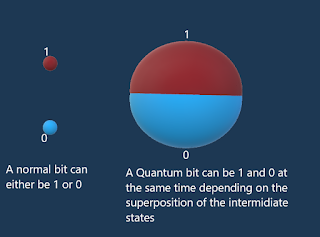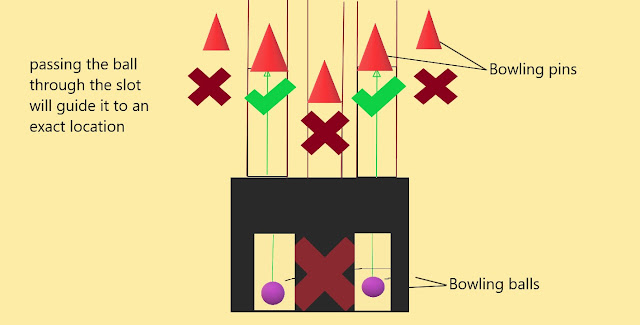Quantum tunneling
Let's go back to the example of Schroedinger's cat, we said that there are two possible outcomes: the cat could be dead or alive. But what if I told you that there is a third possibility? What if you opened the box and found that there is no cat? What if the cat managed to escape knowing that the box is completely sealed and there is no way to run and that no one helped him out?
You must think that I am crazy and you should be because that's totally impossible.
But a cat isn't a quantum particle and you know how quantum theory enjoys breaking the rules and understanding that isn't difficult if you mastered the quantum superposition and uncertainty concepts.
Electrons aren't really moving in their orbital, they are just everywhere within the cloud so if I put a bunch of them within a closed object there are 3 possible cases:
-The higher probability is for electrons being inside the box which is normal and understandable as the box is meant to act as a barrier that suppresses these electrons preventing them from leaking.
- The lower possibility is for electrons being inside the barrier which is weird but useful at the same time, you'll know why soon.
-The lowest probability is for electrons being outside the barrier, it's like they managed to somehow dig a tunnel through the wall to pass to the other side. This effect is called Quantum tunneling.
In classical mechanics, If an object is situated in one of the sides of a wall, then to go to the other side, it needs a certain amount of energy to climb that wall. However, in quantum mechanics, the electron isn't really moving because it's a wave of probability and may have a chance to exist on the other side without any input of energy.
The thickness of the barrier influences heavily the tunnel effect because it turns out that the thinner it is, the most likely we can find an electron outside and vice versa.
You can see in the figure above that the probability cloud outside the wall decreases the thicker the wall gets until it's practically null.
On the other hand, the graph above describes the possibility of finding the electron in the studied regions.
I said before that the wave function 𝚿(x) has no physical meaning on its own because it has ups and downs and that makes no sense because the probability cannot be negative. However, |𝚿(x)|² avoid this flaw and informs us clearly about the probability of finding the electron within the surroundings of the wall.
Do you remember when I talked about nuclear fusion? If you don't I'll just explain briefly how the phenomenon occurs: The intense temperature of the sun's core (15 million degrees Celsius) turns the concentrated gas into plasma (nucleus and electrons are separated) but it turns out that I made a big mistake when I thought that this temperature is enough to make the positively charged particles of hydrogen (protons) in a rapid enough motion to overcome the coulomb forces that act like a barrier repelling the protons since they have the same electrical charge.
So how does fusion really occurs?
It's all about quantum tunneling as protons have a tiny probability of neglecting this barrier and existing next to each other which causes the collision and therefore, the fusion.
Although the probability is very low, the sun has a massive number of active protons that make the small possibilities add up so it becomes significant and that's why the fusion always occur.
Without this incredible quantum property, the sun will never be able to produce energy, it will never be able to shine and life would never be possible on earth!!






Comments
Post a Comment